It’s not just our travel plans (does anyone even remember what the inside of an airplane looks like at this point?) that suffered in 2020. Women’s health also took a battering. And we’re not only talking about for those who got COVID-19. Studiesshow that while the pandemic has been raging on, it’s been harder for doctors to treat all sorts of chronic and acute conditions – in fact, 34% of women have avoided seeing a medical professional because of COVID-19.
Routine treatments and operations have been put on hold, and people felt apprehensive about visiting the doctor. Whether that’s because of nerves surrounding hospital visits at the moment or not wanting to take up doctors valuable time, the bottom line is, health conditions are being left untreated – including urinary incontinence.
If you’ve found yourself leaking while you’re attempting a downward dog during Yoga with Adrianne, after picking up the little one, or even just coughing, then you could be suffering from a pelvic floor problem like urinary incontinence.
Urinary incontinence affects twice as many women as men (go figure), and you don’t need to simply put up with it. It can be treated.
Stay alert to symptoms
Knowing the symptoms is half the battle when it comes to bladder control, so arming yourself with the knowledge you need is key. Here’s what to look out for regarding the three most common types of incontinence.
Stress incontinence
The most common form for women, stress incontinence is not actually caused by feeling stressed but is instead leaking when your bladder is put under sudden extra pressure. This extra pressure can be caused by all sorts of things – maybe it’s a sneezing fit, uncontrollable laughter during a Zoom quiz, or perhaps in the middle of a gentle jog.
The amount of leaking that occurs is usually small, but it can sometimes cause you to pass larger amounts, particularly if your bladder is very full. (This probably means you’re getting your 2L a day, so bravo.)
Here are a few of the common activities that can cause bladder control problems if you’re suffering from stress incontinence:
Sneezing
Coughing
Laughing
Heavy lifting
Exercise
Urge incontinence
You’re out on your daily walk, you’re miles away from a toilet, and out of the blue, you have a sudden urge to go for a wee. And you simply can’t hold it in. No amount of hopping from foot to foot or crossing your legs will stop it. Urge incontinence is the other most common form of incontinence and is when you feel a sudden and very intense need to wee and you can’t delay it. There will only be a few seconds between the need to urinate and the (not so sweet) release.
Lots of things can trigger this from a change of position, the sound of running water, or even an orgasm.
Overflow incontinence
This is slightly less common and occurs when the bladder can’t completely empty when you go to the loo, so the bladder swells above its usual size. Symptoms include passing small trickles very often and feeling as though your bladder is never really empty, and you can’t empty it even when you try.
Know what services are still available to you
Despite the pandemic, hospitals are still there to look after us all. While it’s true that many less urgent services are on hold, that shouldn't stop you from making telephone appointments when you’d normally go to visit the doctor. Women are even less likely than men to go to the doctor at the moment, but that doesn’t have to be the case. If you’re suffering from any of the symptoms mentioned above, then get in touch with your GP and schedule a telephone appointment today.
If you’re able to rule out anything more serious, look after yourself at home
Tests can be taken to rule out things that may require a doctor’s intervention and lots of incontinence cases can be treated with simple at-home treatments that don’t involve medicines or surgery. The important thing is to get the correct advice, and if it’s nothing serious, it might be a case of treating incontinence at home.
What can be done at home to prevent it?
Strengthening your pelvic floor muscles should be high on your agenda if you’re suffering from incontinence. Our award-winning pelvic floor trainer, Elvie Trainer, cuts the guesswork out of Kegel exercises by using biofeedback to visualize your pelvic floor movements. The app guides you through the workouts while tracking your progress and unlocking new exercises.
Some lifestyle changes are recommended, including cutting out tea and coffee (don’t shoot the messenger) and altering the amount of water you drink during the day.
Bladder training involves increasing the amount of time between ‘oh my god I need a wee’ and ‘oh, I couldn’t wait’, so it is most commonly used in cases of urge incontinence. This will include Kegel muscle exercises and strengthening your pelvic floor.
While COVID-19 might have taken a lot from us over the past year, don’t let it take your health. If you’re experiencing anything out of the ordinary when it comes to your body, seek advice from your doctor.
The medical information in this article is provided as an information resource only and is not to be used or relied on for any diagnostic or treatment purposes. Please consult your doctor for guidance about a specific medical condition.


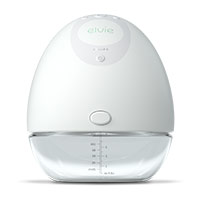

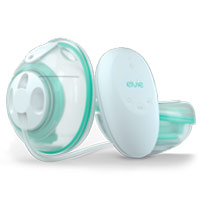
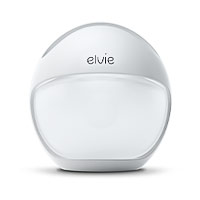
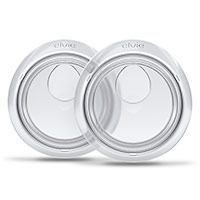
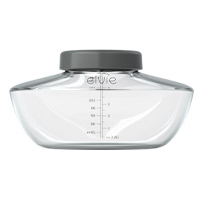
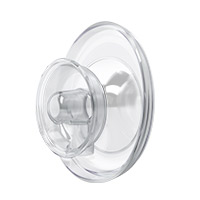

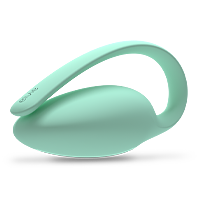
 5 minute read
5 minute read